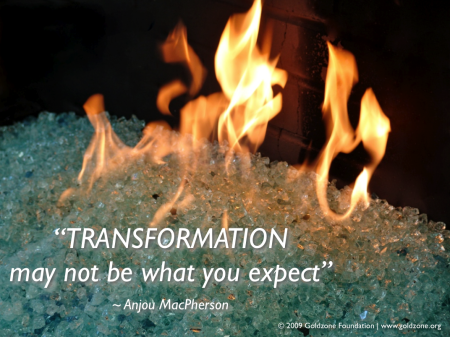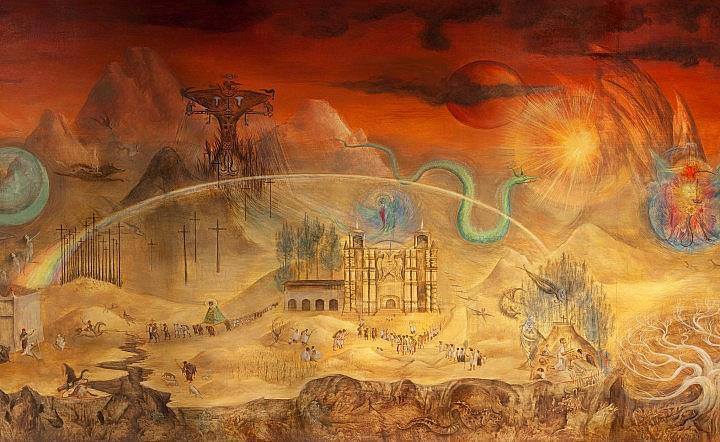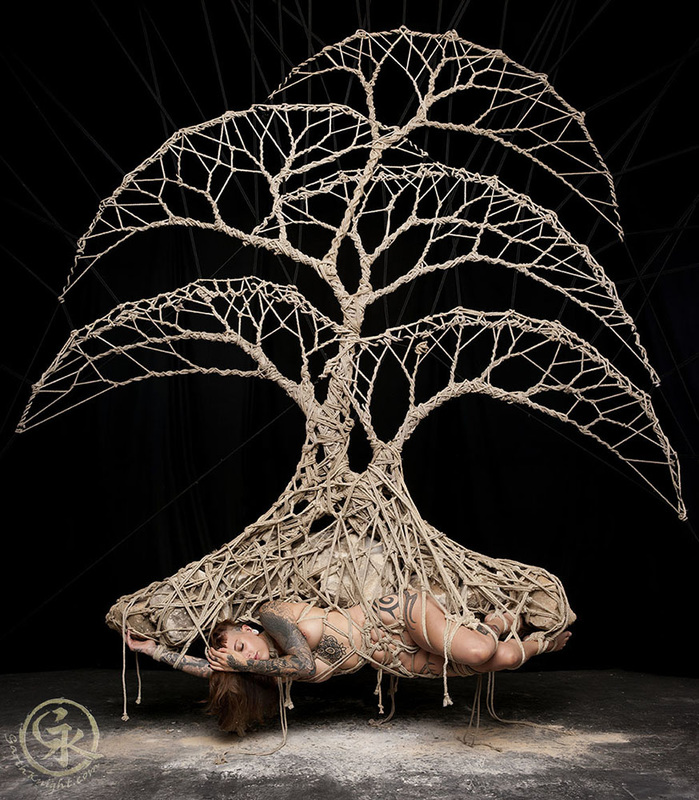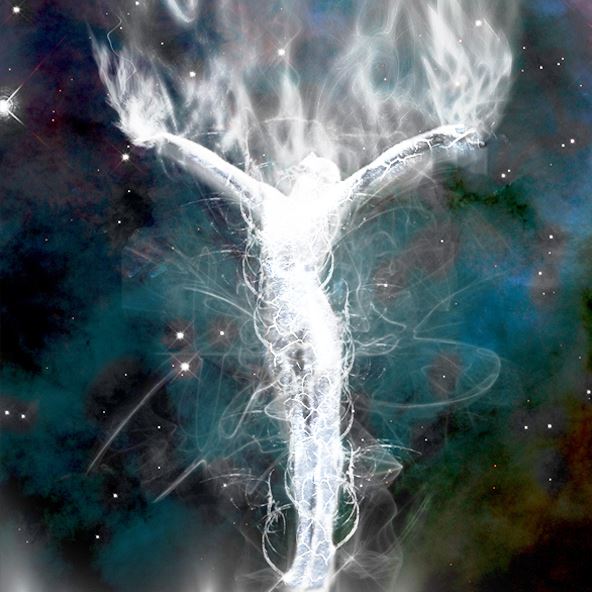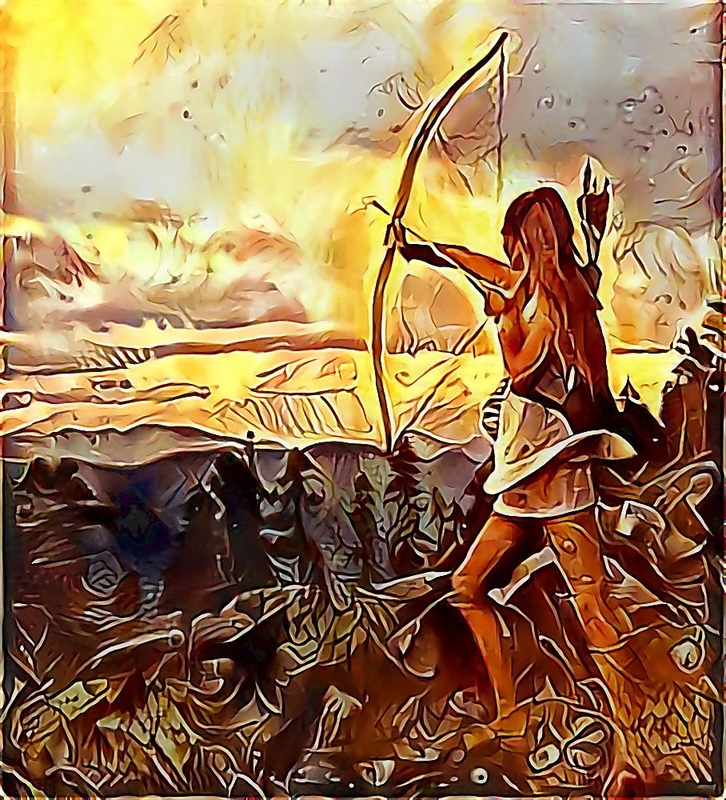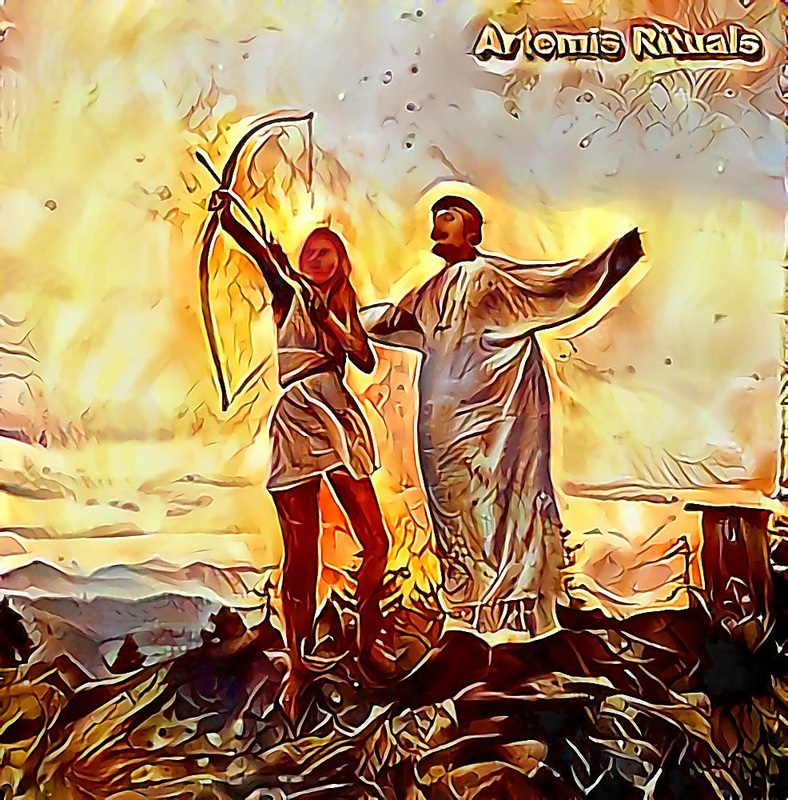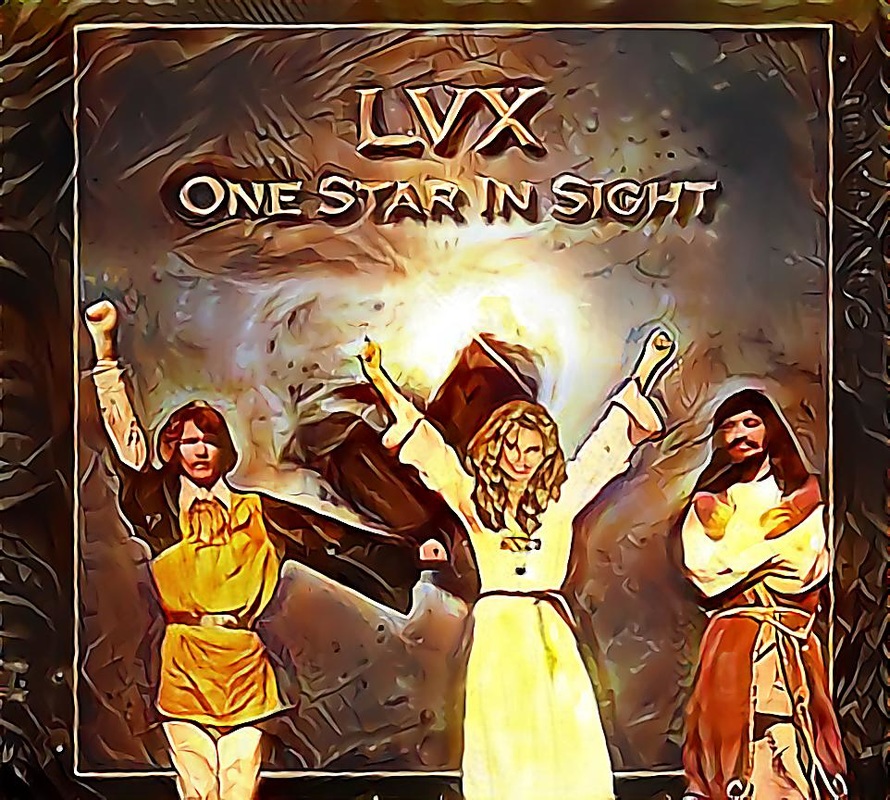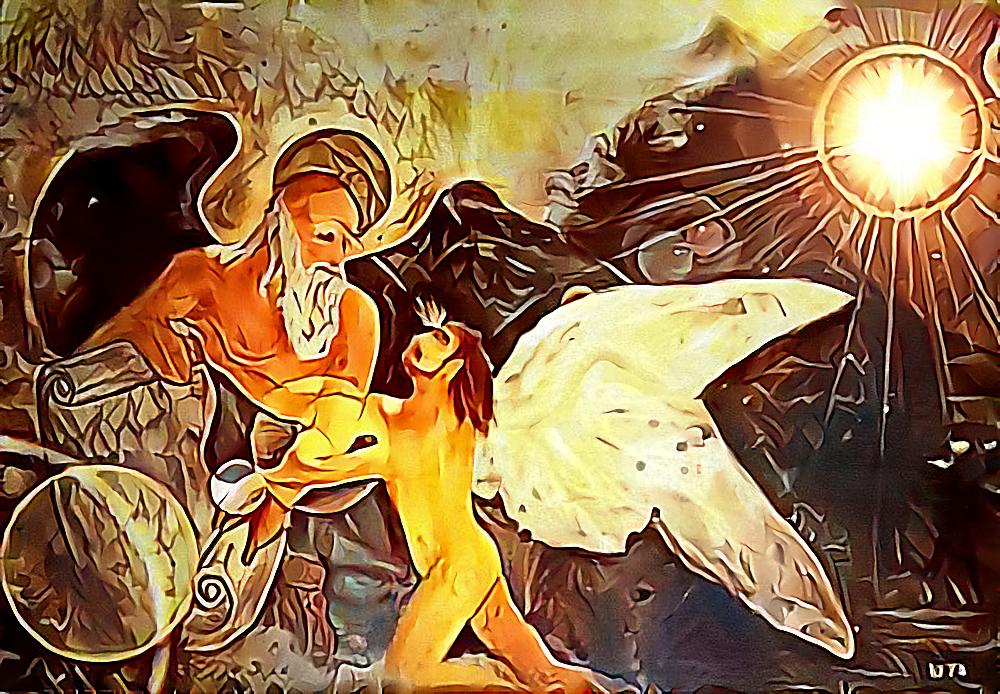TRANSFORMATION
I live my life in widening circles
that reach out across the world.
I may not complete this last one
but I give myself to it.
I circle around God, around the primordial tower.
I've been circling for thousands of years
and I still don't know: am I a falcon,
a storm, or a great song? ~Ranier Rilke
that reach out across the world.
I may not complete this last one
but I give myself to it.
I circle around God, around the primordial tower.
I've been circling for thousands of years
and I still don't know: am I a falcon,
a storm, or a great song? ~Ranier Rilke
leonora carrington
Garth Knight
"Hence, unless we prefer to be made fools of by our illusions, we shall, by carefully analyzing every fascination, extract from it a portion of our own personality, like a quintessence, and slowly come to recognize that we meet ourselves time and again in a thousand disguises on the path of life." ~Carl Jung, The Practice of Psychotherapy, Page 316.
It is the responsibility of each individual to bring about their own transformation and be free to reincarnate now, to embody that transformation fully. The outer is the inner, and the inner is the outer. Lived reality is only experienced reality and is always transformed before it is experienced.
"Consciousness" means the individual, subjective, dimension of Reality. Of course in the case of nonduality, which is (an aspect of) Reality in Itself, Consciousness is no longer individual but Universal In the realm of duality however, Consciousness, as individual subjectivity, is one of the three primary perspectives, the other two being Intersubjectivity and Objectivity.
Whole Person Transformation
A perennial theme of humankind, transformation as a basic change in character, cognition, and direction has been explored in religion, psychology and art. There is individual and collective transformation. Dependence on the later erodes individuality. Rites of passage, as a summons to wisdom, can include a psychological and sacred dimension. It addresses the question of how a person finds a personal path worthy of the soul. We're taught to strive for this mythic "thing" at the physical, mental, and spiritual level. Transformation is thorough, radical and dramatic -- a power that can be deployed for good or ill.
Classically, 'transformation' describes the path from initiation to liberation from social conformity, helping us let go of the worn out to find deep dialogue with psyche, adventure and renewed life. The process is mediated by symbols and imagery. If they arise organically ego is transformed; if they are imposed ego is hijacked. Solitude is the furnace of authentic transformation. Personal growth is an individual process of self-determination. In this sense, it is incompatible with group programming. But the real self as divergent perceptions and dynamic understanding of interrelationships is dangerous to tradition, the church, the state, and the crowd.
In psychology, transformation has been curiously defined as "the procedure used when unconscious desires or urges are costumed in order to emerge in consciousness." Psychobiological transformation is a key theme in depth psychologies. It begins at the point where there is no hope and leads through overwhelming challenges, fraught with depression, fragmentation, dissociation, resistance, symptoms, pain and anxiety. We are at our most vulnerable at the threshold of transformation.
The key to personal transformation is story transformation. It is symbolic, life-changing -- a massive reorganization of attitudes, behaviors, and meaning. Metamorphosis is the classic metaphor of major life passages and restructuring. Latent potentials emerge and outworn characteristics decline. Some qualities are hidden until our true nature is revealed as a new form of life and self-identity.
Imaginal psychology urges us to move beyond the monotheistic myth of self-domination by the abstract concepts of a rational heroic ego, self, or god. James Hillman noted the ego too is an image. It makes problems to solve them with will and intentionality, but that is an illusory perspective. Consciousness is not based on concepts of ego or self, though it has been identified as such. Archetypes generate the transformational images and the universal material of myth and drama, but they bear the mark of personal and cultural conditioning. They provide archaic and timeless meaning.
Hillman dubs ego a "myth of inflation", not the secret key to the development of consciousness, but a source of fallacies, defining its literal fantasies as reality. In A Blue Fire (pg. 34), he suggests, "placing in abeyance such metaphors as: choice and light, problem solving and reality testing, strengthening, developing, controlling, progressing." He condemns new age insistence on transformation - sloughing off the old self and interpretive schemes for an idealization that is essentially another self-delusion.
Jung (CW 12, par. 32) cautioned that we must be alone to find out what it is that supports us when we can no longer support ourselves. Only this experience, he said, gives us an indestructible foundation. "Individuation and collectivity are a pair of opposites, two divergent destinies. They are related to one another by guilt." He concludes, "we must be able to stand alone vis a vis the unconscious for better or worse." (Letters, Vol 1, p. 458-459) Jung also notes, "Individuation is just ordinary life and what you are made conscious of." (Letters, Vol. 1, pg. 442) It isn't rare, but it is a move toward self-actualization or self-realization.
The path from the oblivious to self-aware life is beset with obstacles. How do we know what a genuine transformative experience is? We transform ourselves by every act of self-knowing. Jung felt that self-realization was a natural process of transformation, orchestrated by the unconscious. The infinite depth of dynamic reality informs our worldview and personal sovereignty. Such is the journey of meaningful solitude into silence, ratified by the perennial wisdom.
Krishnamurti said, "To stand alone is to be uncorrupted, innocent, free of all tradition, of dogma, of opinion, of what another says, and so on. . . .What matters is to understand for oneself, not through the direction of others, the total content of consciousness, which is not conditioned, which is the result of society, of religion, of various impacts, impressions, memories -- to understand all of that conditioning and be free of it. But there is no "how" to be free. If you ask 'how' to be free, you are not listening."
Kahlil Gibran claimed, "Knowledge of the self is the mother of all knowledge. So it is incumbent on me to know my self, to know it completely, to know its minutiae, its characteristics, its subtleties, and its very atoms." Yogananda suggests that self-realization is "to know truth through yourself, and not through others." Ramana Maharshi says, "your own Self-Realization is the greatest service you can render the world."
The Dalai Lama says, "With realization of one's own potential and self-confidence in one's ability, one can build a better world." Rumi was poetic: "I have been a seeker and I still am, but I stopped asking the books and the stars. I started listening to the teaching of my Soul." Hermann Hesse and others, such as Thoreau, Emerson and Whitman, echo this approach in their own writings.
Hesse felt that, "We must become so alone, so absolutely alone, that we withdraw into our innermost self. It is a way of bitter suffering. But then our solitude is overcome, we are no longer alone, for we find that our innermost self is the spirit, that it is God, the indivisible. And suddenly we find ourselves in the midst of the world, yet undisturbed by its multiplicity, for in our innermost soul, we know ourselves to be one with all beings."
“Transformation connotes a more-or-less dramatic shift in the context of an individual's meaning system, beyond any attempts to re-brand or commercialize the field. Real transformation takes place in the furnace of the heart. However, institutional transformation can mean an imposed or enforced social change. In McLuhan's vernacular, the "invisible" environment of new technologies creates an "erosion", not enhancement, of the conscious and unconscious -- by means of "audience as workforce." We unconsciously conform to such environments. The subconscious works on emotion. Business strategy is transformed into emotion.
Transformation is a model of a process. In this theory, personal and social transformation promotes self-actualization and compassionate service. Radical change involves new habits, range of emotions, and worldview -- concerns, interests, goals, ambitions, and behaviors. A reordering of values can change the basis of self-identity. Significant transformation can mean a radical reorganization of one’s identity, meaning, and purpose in life -- a turning point -- transformations of earlier worldviews. Embodied transformation sustains over time. Wisdom to know the difference between one’s ego and one’s Self is embodied in your individuality.
Or, does holistic repatterning just mean structural transformation of old elements into a new configuration in the internal landscape -- a restructuring of psychic space? Only a profound change in structure creates something new. Infiltrated consciousness is such a result, changing how we perceive the world and act on those perceptions.
Organizational strategies and state or corporate coercive transformation don't serve the individual. For them, imposed transformation means collaborative, consultative, directive and coercive manipulations. Ultimately, it means international competition and state formation. The state exerts coercion for control.
Covertly Overt
Transformation is qualitative change. What really gets transformed is meaning, ideology, and worldview -- the conceptual field. True meaning arises with value-freedom -- a polytheism of worldviews with competing systems of meaning, knowledge, nature and metaphysics. "Believers" choose without justifying the universal validity of their convictions. Incompatible thoughts become compartmentalized by intellectual sacrifice -- loss of integrity for a social role (persona).
Fixating on self-deluding ideas, or contentment in shared delusions, can also simulate 'transformation.' Thus, we learn to ignore the factual relations of "things" and focus on the conceptual relationships of problems -- a renovation of problem-history, including a reconceptualization of disenchantment. Disenchantment, the fate of our times, raises questions about how we relate facts to values and boundaries, focusing on affinities and disjunctions.
Rambo (1993) described a seven-stage model to study and identify the process of spiritual transformation. The seven “stages” are: context, crisis, quest, encounter, interaction, commitment, and consequences. Rambo suggests that during these processes “relationships, rituals, rhetoric, and roles interact and reinforce one another.” Lofland and Skonovd (1981) describe six conversion “types” or “motifs”:
1. INTELLECTUAL: A private, intellectual investigation into a religious faith that results in a spiritual transformation. Generally, the individual experiences little or no external pressure or influence from “believers.”
2. MYSTICAL: This “motif” is marked by high emotional intensity, even trauma at times with a brief period of physical stress followed by a cathartic event, demarcated by a high level of emotional arousal followed by an active intensification of belief and practice.
3. EXPERIMENTAL: Those on a quest for meaning and divine inspiration frequently “try out” an eclectic mix from the spiritual supermarket, searching for “truth.”
4. AFFECTIONAL: The key element in this “motif” is a personal attachment to a mentor, teacher, practicing believer or believers. A personal and emotional relationship with another person or a group is central to transformation.
5. REVIVALISM: Ecstatic arousal in a group or collective context that has a transforming effect on the individual is the central element of this “motif.”
6. COERCIVE: A relatively rare “motif,” this type includes brainwashing, cultic and coercive persuasion marked by intense pressure.
http://www.metanexus.net/archive/spiritualtransformationresearch/research/pdf/STSRP-LiteratureReview2-7.PDF
1. INTELLECTUAL: A private, intellectual investigation into a religious faith that results in a spiritual transformation. Generally, the individual experiences little or no external pressure or influence from “believers.”
2. MYSTICAL: This “motif” is marked by high emotional intensity, even trauma at times with a brief period of physical stress followed by a cathartic event, demarcated by a high level of emotional arousal followed by an active intensification of belief and practice.
3. EXPERIMENTAL: Those on a quest for meaning and divine inspiration frequently “try out” an eclectic mix from the spiritual supermarket, searching for “truth.”
4. AFFECTIONAL: The key element in this “motif” is a personal attachment to a mentor, teacher, practicing believer or believers. A personal and emotional relationship with another person or a group is central to transformation.
5. REVIVALISM: Ecstatic arousal in a group or collective context that has a transforming effect on the individual is the central element of this “motif.”
6. COERCIVE: A relatively rare “motif,” this type includes brainwashing, cultic and coercive persuasion marked by intense pressure.
http://www.metanexus.net/archive/spiritualtransformationresearch/research/pdf/STSRP-LiteratureReview2-7.PDF
(c)2015-2016; All Rights Reserved, Iona Miller, Sangreality Trust
[email protected]
Fair Use Notice
This site contains copyrighted material the use of which has not always been specifically authorized by the copyright owner. We are making such material available in our efforts to advance understanding of environmental, political, human rights, economic, democracy, scientific, and social justice issues, etc. We believe this constitutes a 'fair use' of any such copyrighted material as provided for in section 107 of the US Copyright Law. In accordance with Title 17 U.S.C. Section 107, the material on this site is distributed without profit to those who have expressed a prior interest in receiving the included information for research and educational purposes. If you wish to use copyrighted material from this site for purposes of your own that go beyond 'fair use', you must obtain permission from the copyright owner.
[email protected]
Fair Use Notice
This site contains copyrighted material the use of which has not always been specifically authorized by the copyright owner. We are making such material available in our efforts to advance understanding of environmental, political, human rights, economic, democracy, scientific, and social justice issues, etc. We believe this constitutes a 'fair use' of any such copyrighted material as provided for in section 107 of the US Copyright Law. In accordance with Title 17 U.S.C. Section 107, the material on this site is distributed without profit to those who have expressed a prior interest in receiving the included information for research and educational purposes. If you wish to use copyrighted material from this site for purposes of your own that go beyond 'fair use', you must obtain permission from the copyright owner.
